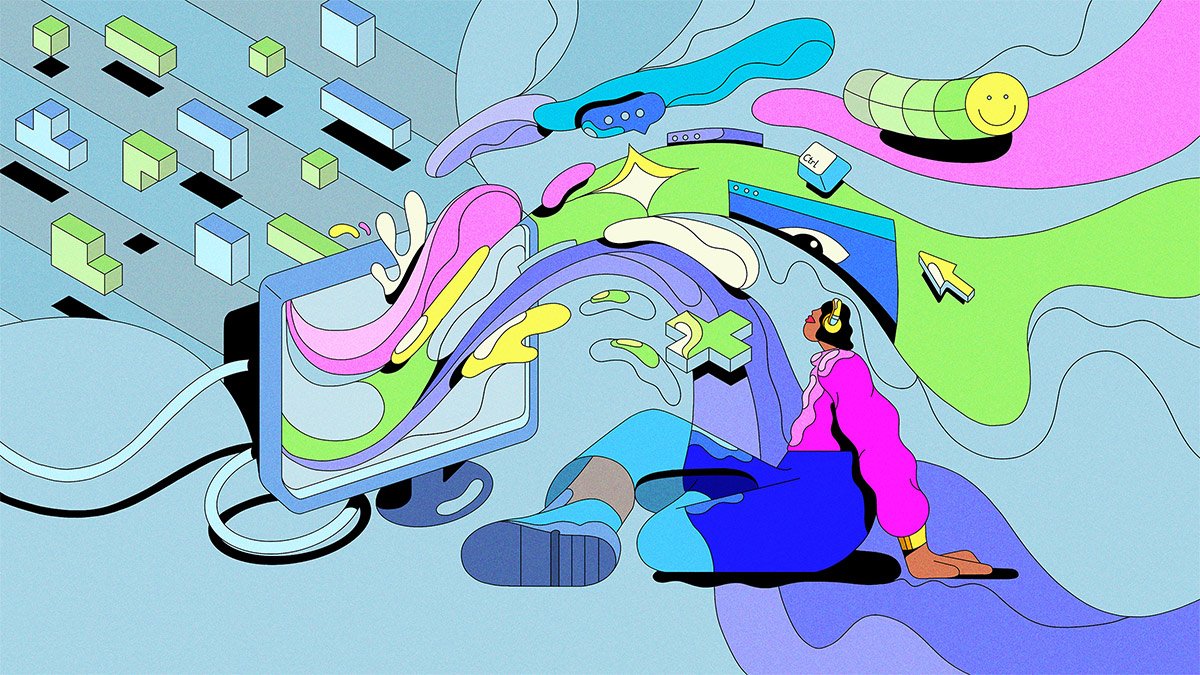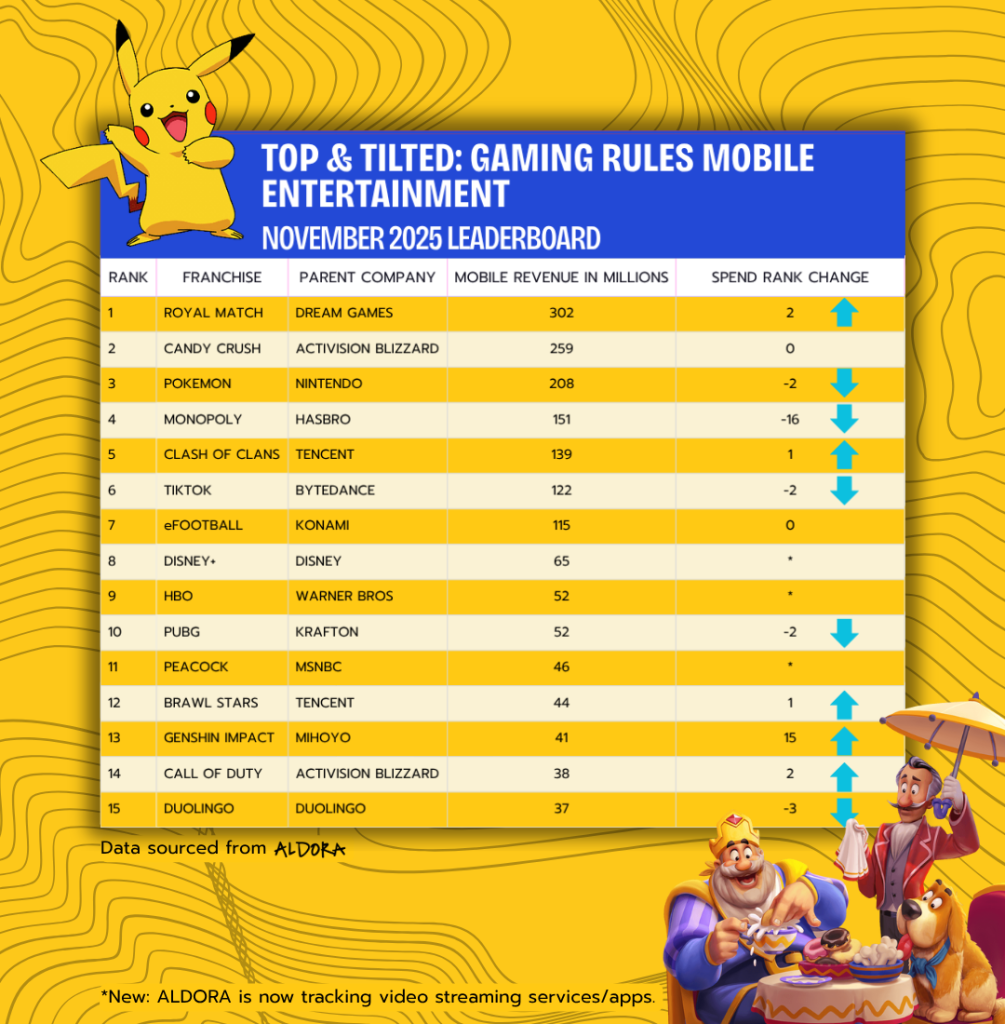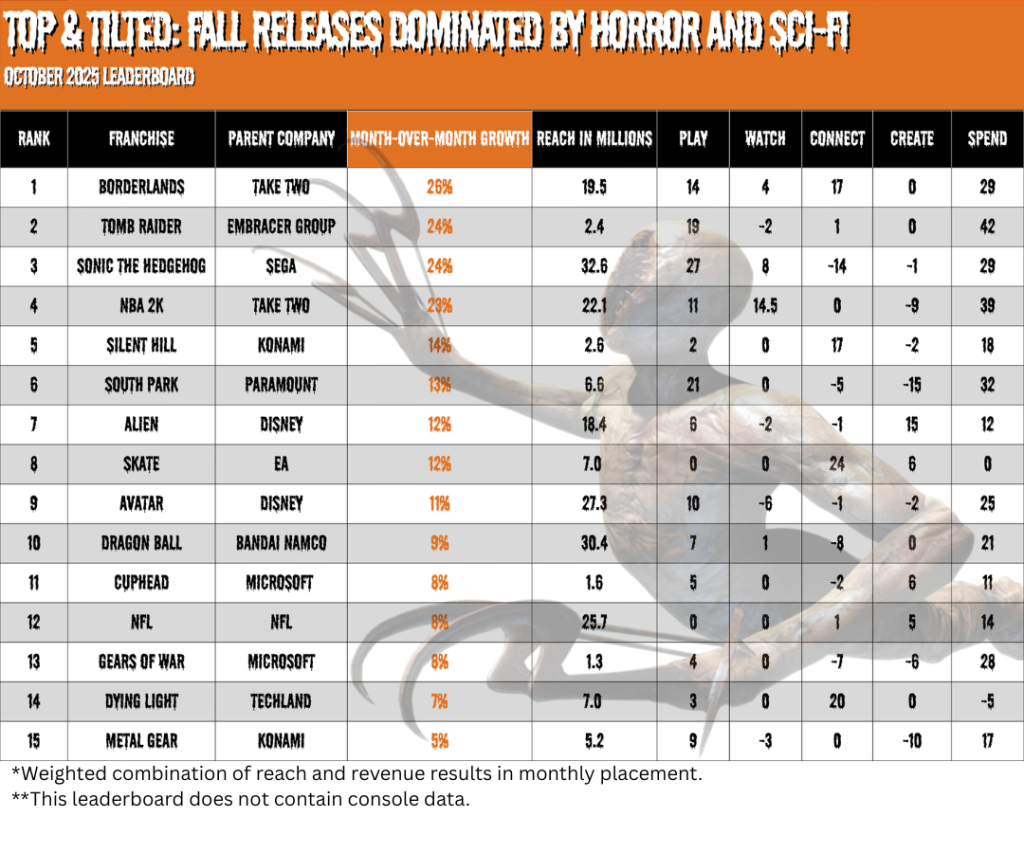As gaming becomes increasingly entrenched in mainstream culture, it presents a unique opportunity for brands to rethink how they engage with consumers. There are more than three billion digital gamers worldwide. And games are no longer just entertainment — they are complex media ecosystems where consumers spend significant time, engage deeply, and form emotional connections. As such, forward-thinking brands are starting to leverage games as powerful tools for integrated marketing strategies.
However, organizations are still learning how to think about games as media for marketing. Games aren’t typically covered in marketing classes in business schools, and they are often still seen as fundamentally different from other media. Deep-seated notions exist, about who plays video games — not the cool kids but a relatively small audience of nerds — and what sort of experiences games entail — deeply immersed groups of teenagers in a dimly lit basement. But the world of games, and gamers, has changed and grown broad.
Modern-day games often offer casual and light experiences that attract diverse audiences and position games as mainstream media. On smartphones, titles like Candy Crush, Monopoly GO, Gardenscapes, Subway Surfers, or Wordle are hugely popular, attracting hundreds of millions of players daily. On PC and console, a host of so-called “cozy games” offer a relaxed experience of managing virtual crops (Animal Crossing: New Horizons), organizing one’s room (Moving), and making pizza (Good Pizza, Great Pizza). And social platformers like Fortnite, Roblox, and Minecraft where people of all walks create and play together have taken over consoles and PCs.
So, it’s time to rethink how marketers and organizations think about games. We believe there are untapped opportunities for brand building and performance advertising alike — and overlooking games may set you back. This article aims to make games more tractable as marketing media and help brands understand how they can strategically engage with games, gamers, and gaming communities.
What Do Games Offer to Brands?
Games offer opportunities to marketers along the marketing funnel, from driving brand awareness and user acquisition to deeper engagement and retention of active customers. Let’s spell out some value propositions that games offer and that leading brands already leverage:
Reach new and hard-to-reach audiences
Certain demographics are difficult to engage through traditional marketing channels, particularly younger audiences who are increasingly turning away from linear media. Immersive experiences provide a direct line to these segments. For example, the luxury fashion house Balenciaga created a fully immersive virtual experience called “Afterworld,” where users could explore a futuristic city showcasing Balenciaga’s collection. This initiative blurred the line between gaming and fashion, positioning Balenciaga as an innovator with young audiences.
Similarly, the beauty brand L’Oréal has used Ready Player Me to engage a young, diverse audience by creating virtual beauty products that players can use to customize their in-game avatars. And, more recently, the firm launched a virtual experience called the L’Oreal Paris Catwalk Simulator in Roblox. As a large incumbent beauty brand, L’Oreal follows the success of a much smaller rival, e.l.f. Beauty, which established an immersive experience in Roblox that attracts millions of players each month.
According to e.l.f. Beauty’s CFO, Mandy Fields, it has proven to be an effective method to reach audiences and acquire new users. In the firm’s most recent earnings report, she states: “In Q1, we ran our first ever Beauty Squad Challenge within Roblox, allowing our e.l.f. up players to connect their Beauty Squad and Roblox accounts. Nearly 100% of those Roblox connections were new Beauty Squad members.”






